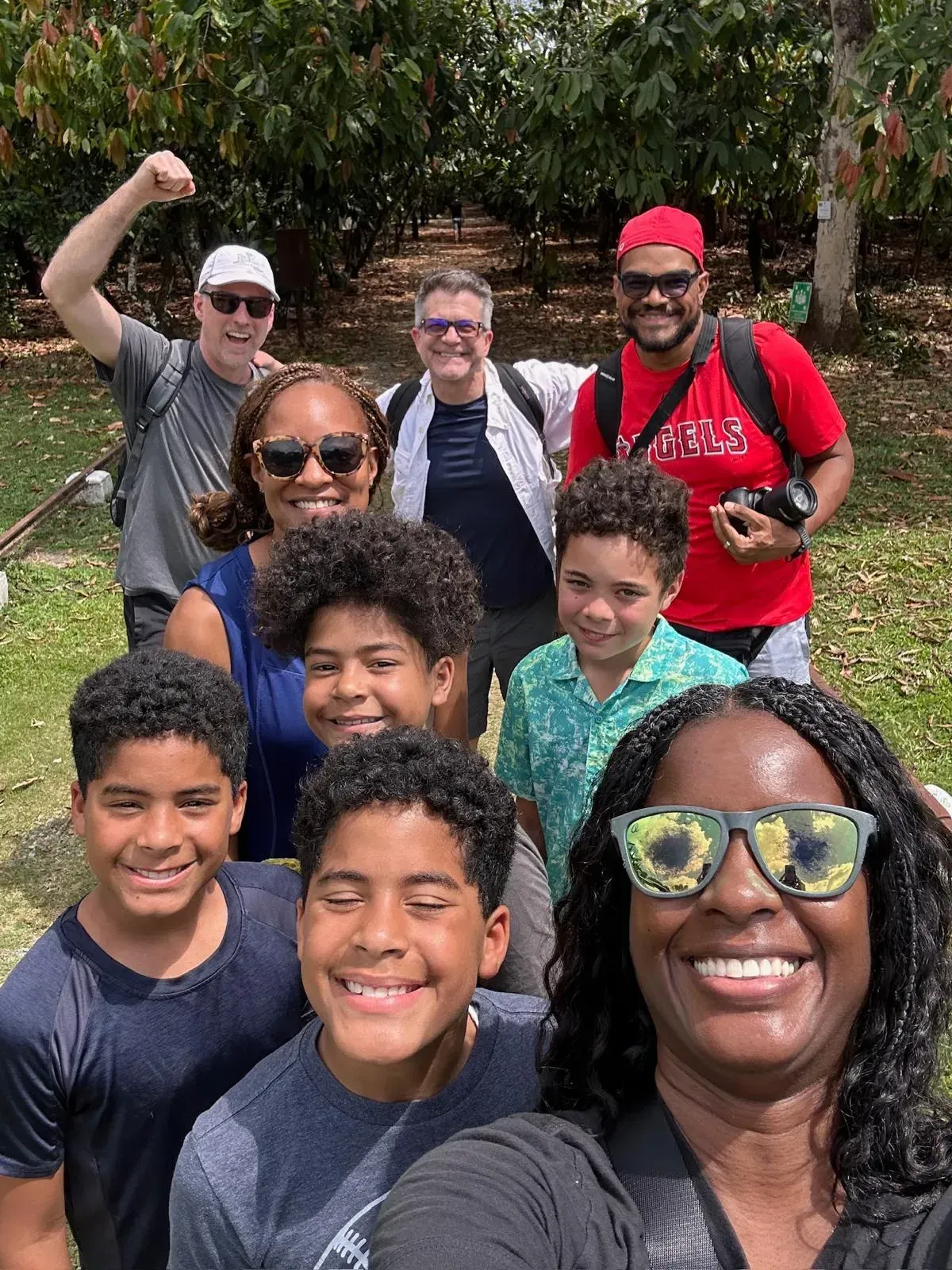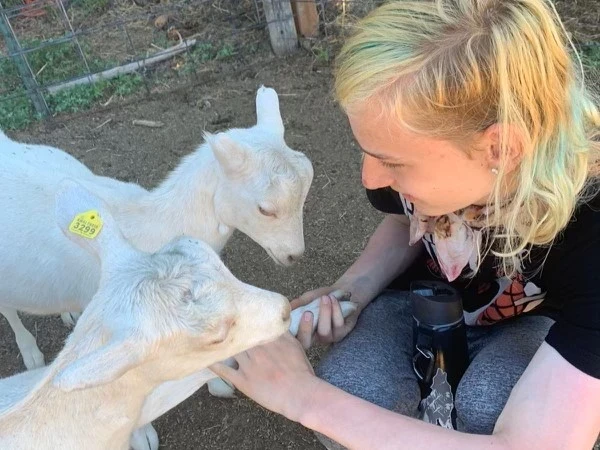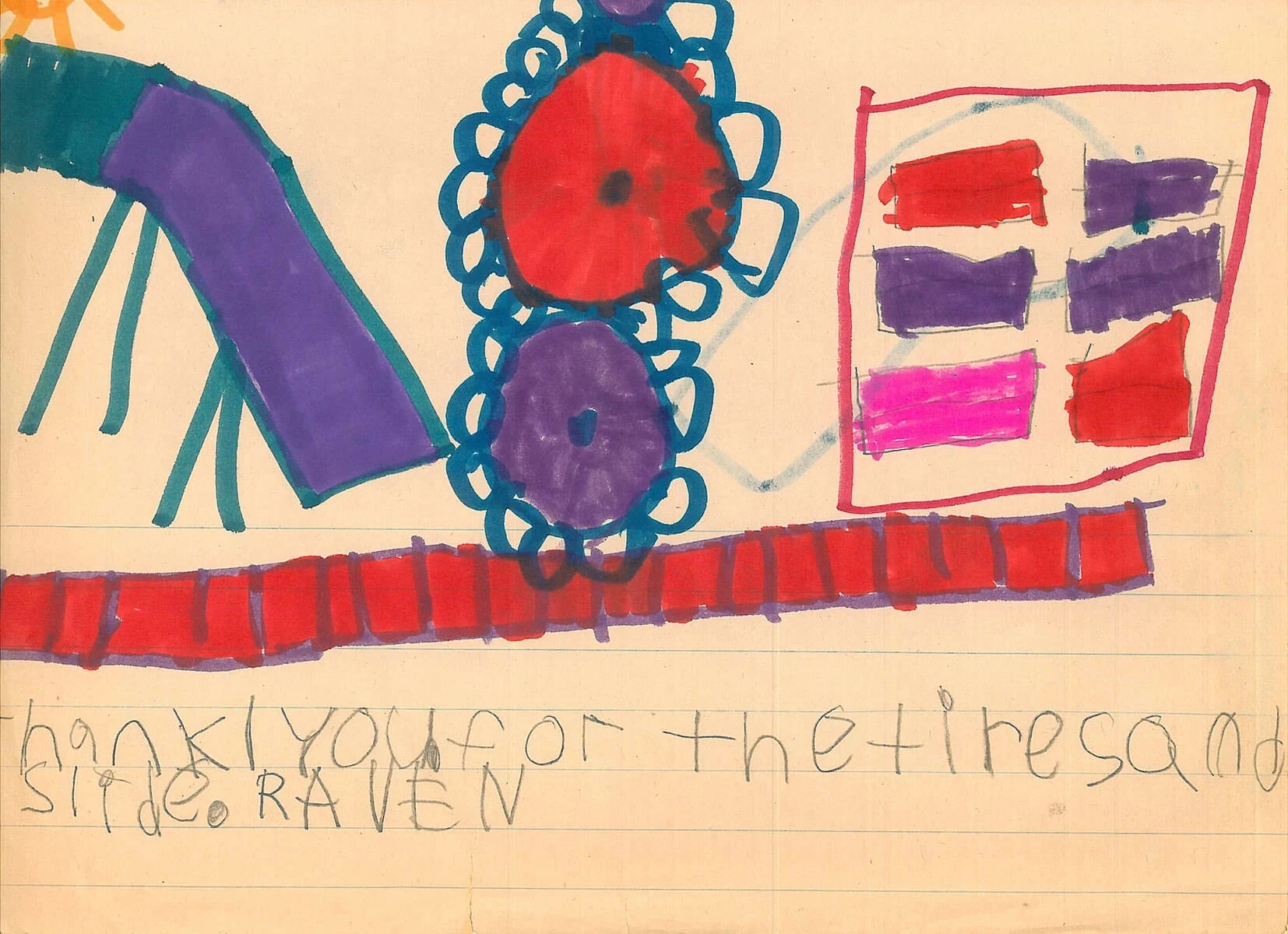By Owen Clarke
Let’s start by focusing on what “service learning” is. In simple terms, service learning is the process of education via community service. But what service learning looks like really depends on who you ask.
The federal government defines service learning as a “teaching and learning strategy that connects academic curriculum to community problem-solving.” Service learning was first put into federal law in the National and Community Service Act of 1990, as a method “under which students or participants learn and develop through active participation in thoughtfully organized service.”
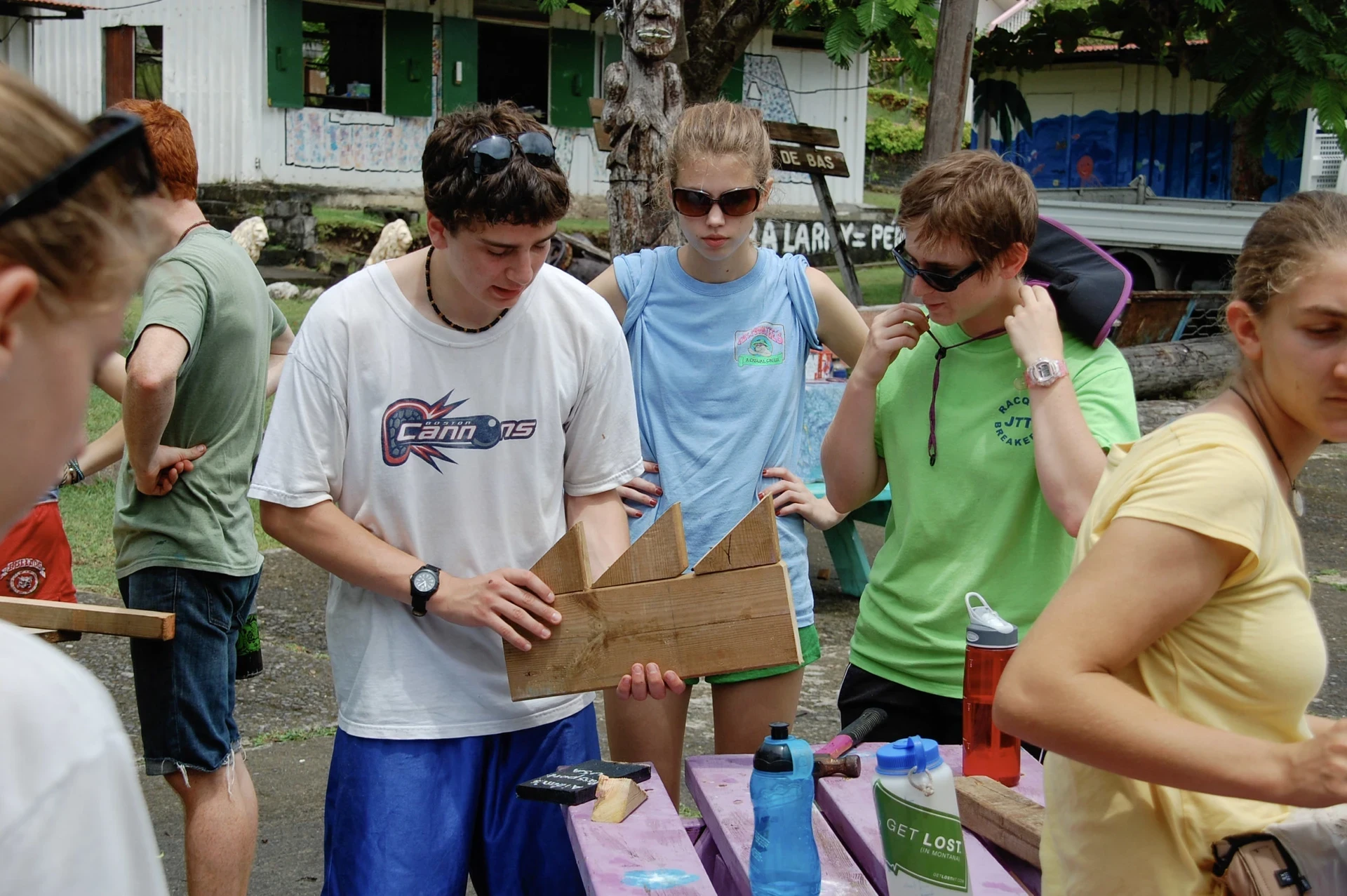
This service work must:
- Be conducted in and meet the needs of a community
- Help foster civic responsibility
- Be coordinated with an elementary school, secondary school, institution of higher education or community service program, and with the community
For a service-based learning experience to be true “service learning,” it also has to “provide structured time for the students or participants to reflect on the service experience.” (Kind of like our Circle time at VISIONS!)
In short, service learning is experience-based learning, where individuals learn and grow through serving others, both directly, through the service itself, and through reflection activities afterward. However, service learning at VISIONS is a breed all its own—as you’ll learn later in this article!.
Different Kinds of Service Learning Experiences
Not all service learning has to involve performing physical labor and service firsthand. There are three main types of service learning: direct service, indirect service and advocacy.
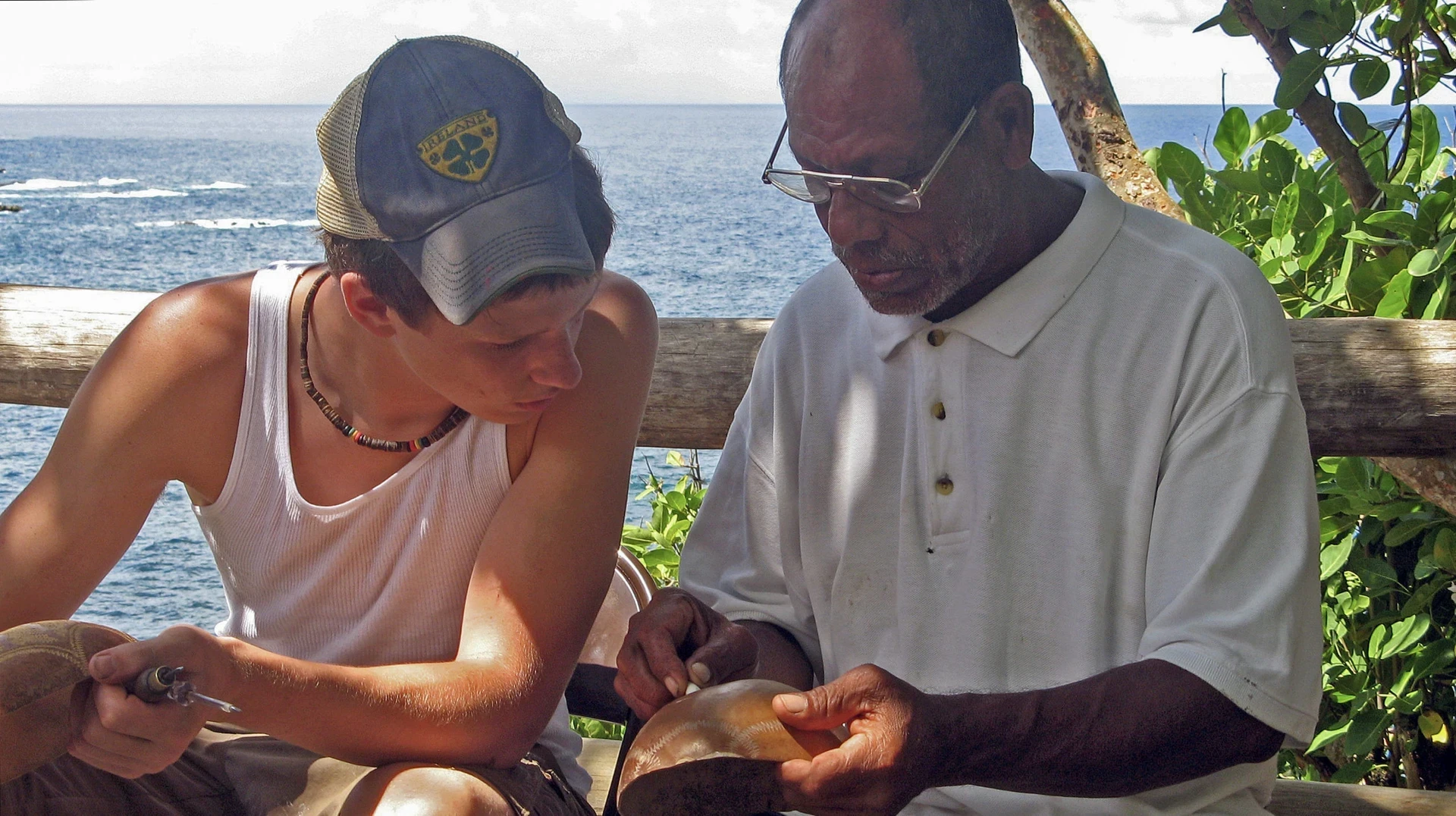
Direct service is any experience where you serve and work hand-in-hand with the local community. You might be serving meals, herding cattle, picking vegetables, tilling fields, or helping someone mend a fence. If you’re directly interacting with a member of the community while serving—whether you’re working with or for them—then you’re partaking in direct service.
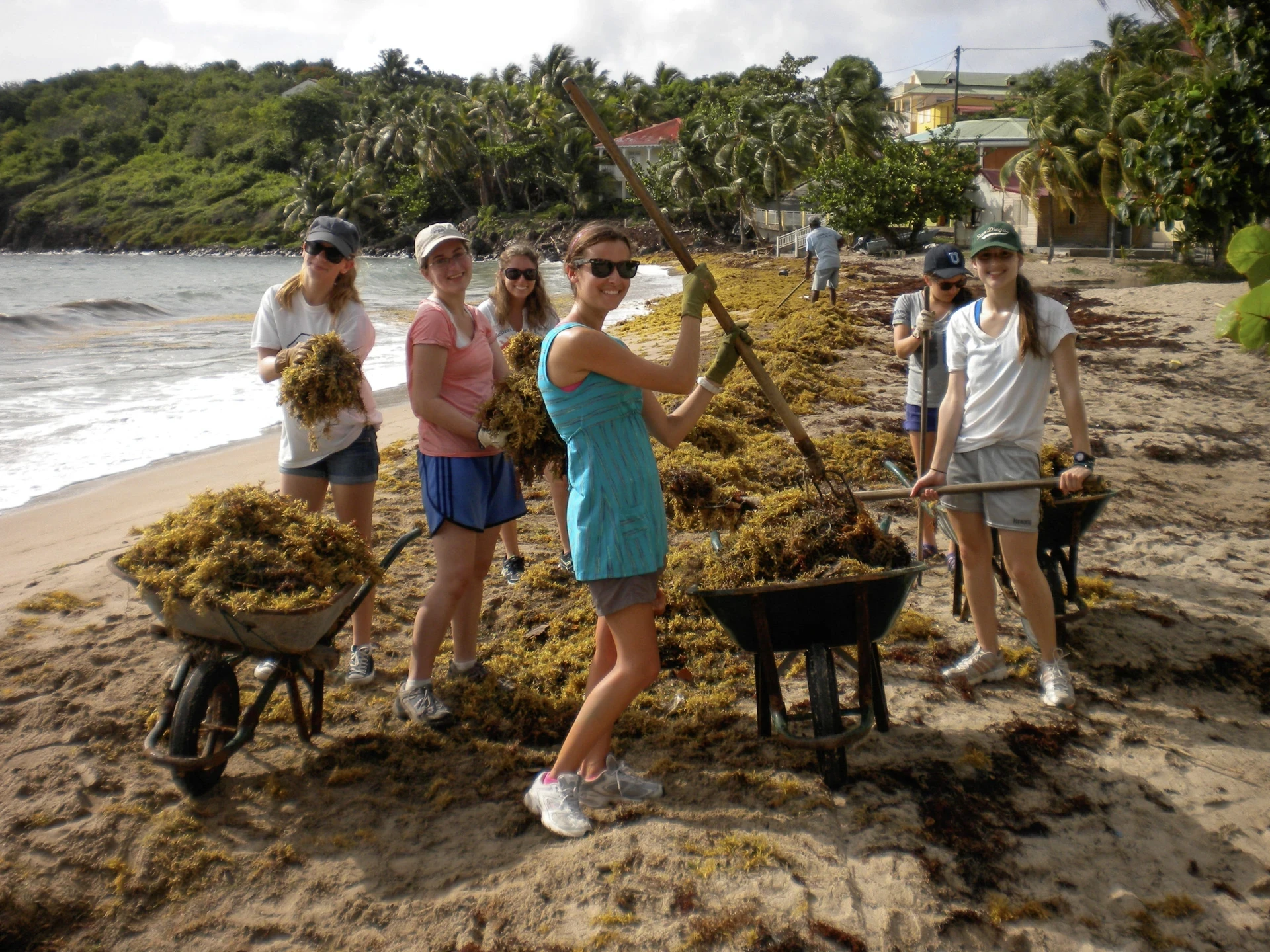
Indirect service is serving behind the scenes, perhaps stocking a food pantry, planting trees, or cooking meals. You might not be interacting with community members here, but your work will indirectly benefit the community.
Advocacy is fairly self-explanatory. Service learning through advocacy can take the form of any advocacy-related service, such as picketing, writing letters, signing petitions, fundraising, or hosting events to raise awareness.
Why is Service Learning Effective?
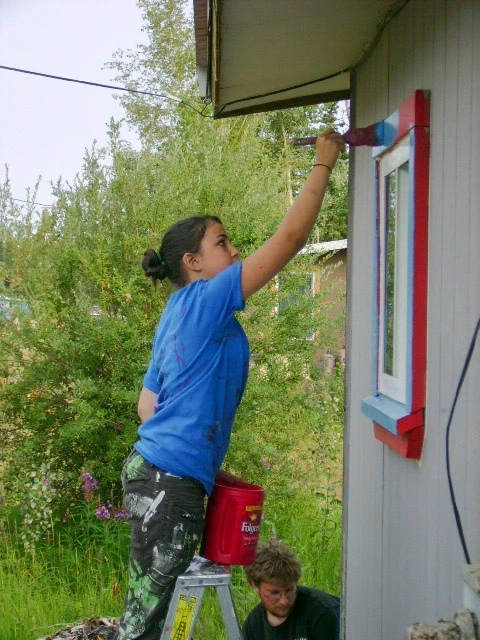
Here at VISIONS, we tend to take an open approach to service learning. Even though service learning is a recognized (and proven effective) form of academic education, a VISIONS adventure isn’t about academics—helping you get higher standardized test scores or increasing GPAs. That’s not why we believe service learning is effective.
Service learning at VISIONS is about developing emotional intelligence and maturity. Service learning concepts include learning to walk in another person’s shoes, building grit, character, empathy and myriad life skills, unplugging from technology and working to better the world around oneself—all while intimately immersing in local culture.
“I see [the effects of service learning] in my daughter’s face, and the way she treats others with respect and dignity,” says Sara Adkisson, parent of a VISIONS alum.
We all know how important it is to be well-rounded, and service learning is the perfect way to achieve that holistic education, not just mentally & physically, but emotionally, as well. In short, service learning is the pinnacle of experiential learning. We aren’t just learning with our ears, or with our eyes, or with our minds. We’re combining mental, physical, and emotional education into one, hands-on experience. So with service learning, the lessons STICK for life.
The key reason why we believe service learning is so effective is EXPERIENCE. You can’t force these values of service: hard work, empathy, determination, fortitude, onto anyone. You can’t lecture about them like you can Shakespeare, or give out worksheets like it’s algebra class.
It’s important that our participants go through these lessons firsthand.
With service learning, participants are naturally teaching themselves. That’s why at the end of every VISIONS staff training we stress to our leaders that their primary role isn’t to impart information or interpret the experience for participants. VISIONS leaders—while ensuring a safe program environment—allow our participants as much access as possible to the wealth of knowledge found in our program locations around the world.
Lifelong Benefits of Service Learning: A Ripple Effect
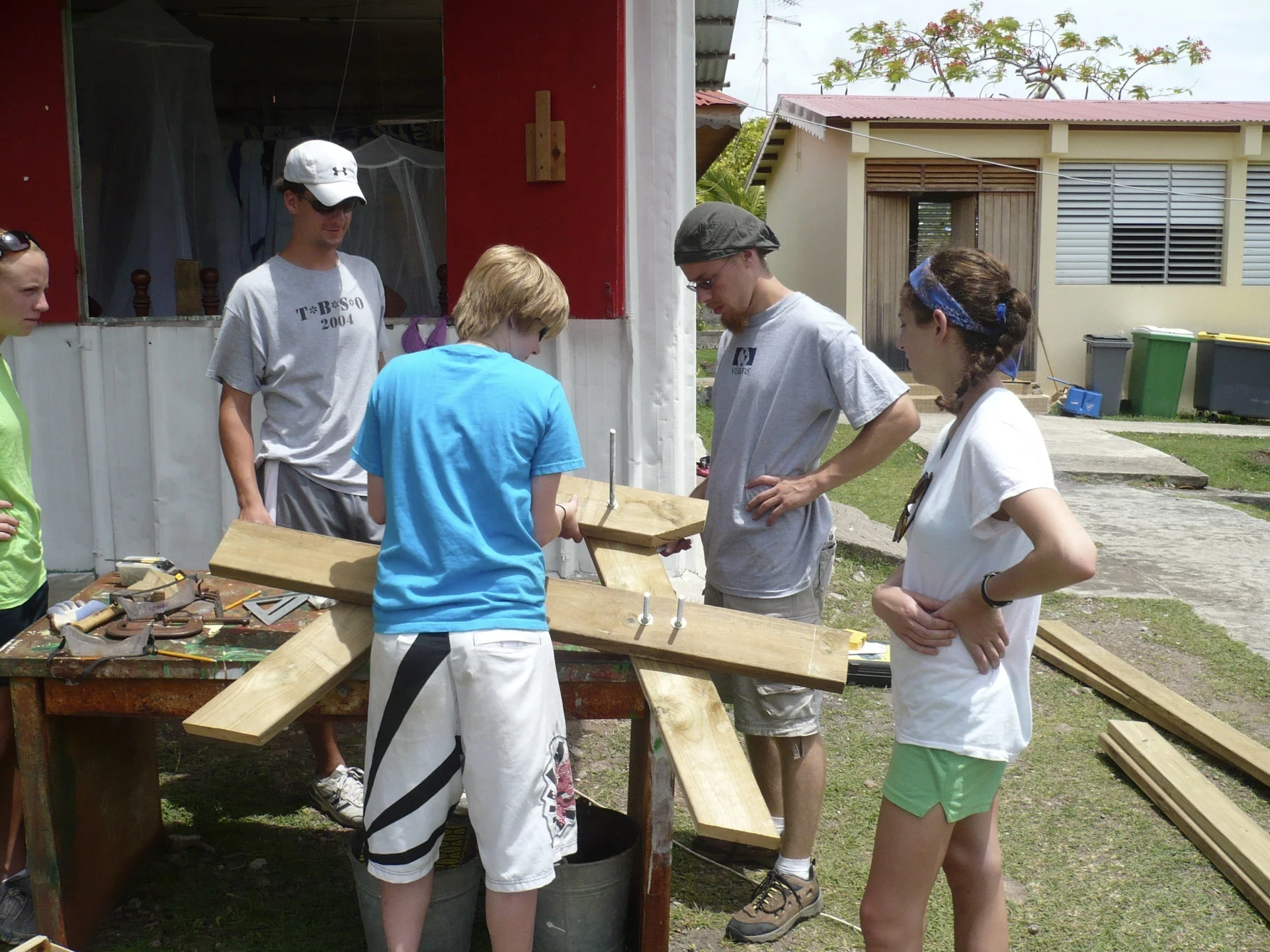
We love service learning because it engages the hands, heart, soul, not just the mind or intellect. Perhaps more importantly, though, we like that service learning tends to stay with a person for life, and grows exponentially in that lifetime. It is the pebble in the pond that creates a ripple effect, compounding and building. When this happens in youth, it has a lifetime to ripple outward, meaning that a person gains:
- More fulfillment, peace, connection, and satisfaction in daily life
- A natural desire to look outward, not inward
- The urge to “unplug” from screens, and go out EXPERIENCING and creating firsthand, instead of viewing & consuming
“We know that students who engage in meaningful service work in new environments gain exceptional insight—it’s been our program model for 35 years,” says Katherine Dayton, VISIONS Executive Director. Many things in the world have changed in the three-plus decades we’ve operated, but that simple truth remains the same. Service learning is effective, transformative, and long-lasting.
Learn Through Service at VISIONS
When we learn firsthand, through lived experience, we become more mature, capable and conscientious human beings. As any VISIONS alum can attest, classroom-based learning is only one part of a well-rounded education. As we’ve learned in this blog, one of the other key aspects—and a crucial one—is service learning. Click the link below to dive into the vast array of hands-on service adventures we offer, from Peru to the Dominican Republic to the Blackfeet Reservation right here in Montana!



